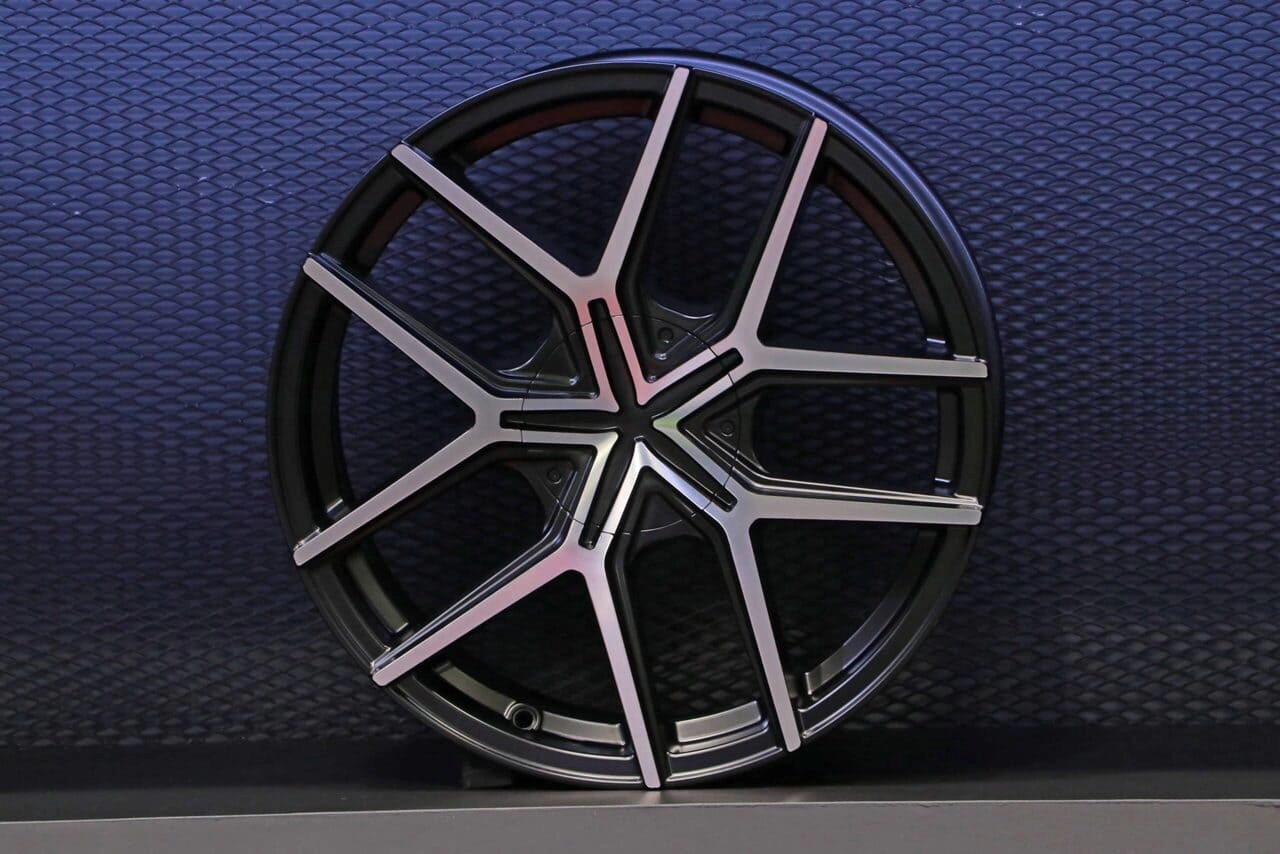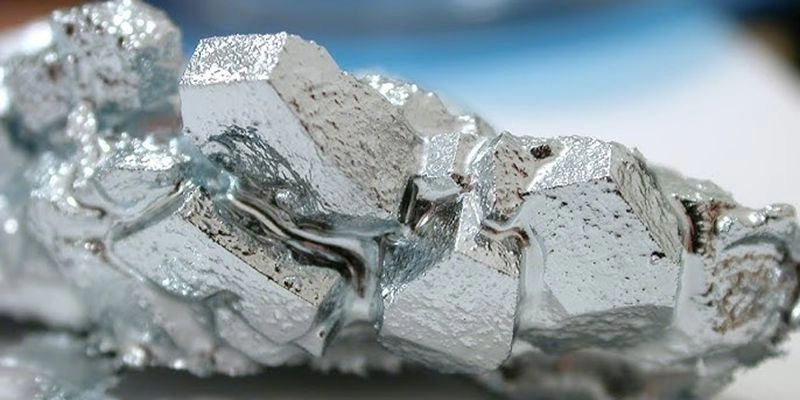Explore top lightweight strong metals like aluminum titanium and magnesium with key properties strength to weight ratios and applications for smarter engineering.
The Science Behind Lightweight Strong Metals
When you’re choosing a lightweight strong metal, understanding the science behind these materials is crucial. At the core, it’s all about how much strength you get relative to the metal’s weight—a concept called the strength to weight ratio. This metric helps engineers pick metals that offer the best performance with less mass, which is essential in industries like aerospace, automotive, and sports equipment.
Density plays a big role here. Metals like aluminum and magnesium are much less dense than steel, which means they weigh less but can still carry heavy loads when alloyed and treated right. Besides density and strength, thermal and electrical conductivity affect how metals perform in different environments. For example, metals with good thermal conductivity can better manage heat buildup, while those with electrical conductivity are needed in electronics and tech applications.
Fatigue resistance is another critical factor. A metal can be strong, but if it wears down quickly under repeated stress, it’s not reliable over time. So, metals like titanium alloys stand out because they resist fatigue exceptionally well.
Environmental concerns also influence material choice. Recyclability and sustainability are increasingly important. Metals like aluminum are highly recyclable, reducing environmental impact and cost. When you’re comparing options, consider not only upfront costs but also long-term sustainability.
Here’s a quick comparison to keep in mind:
| Metal | Density (g/cm³) | Tensile Strength (MPa) | Cost per kg (USD) | Availability |
|---|---|---|---|---|
| Aluminum Alloys | 2.7 | 200-600 | 1.50-3.00 | Widely available |
| Titanium Alloys | 4.5 | 900-1200 | 10-30 | Limited |
| Magnesium Alloys | 1.7 | 150-350 | 2.50-4.00 | Moderate |
| Beryllium | 1.85 | 240-400 | 300+ | Very limited |
Choosing the right lightweight strong metal means balancing density, strength, cost, and environmental impact. Keep these factors in mind as you explore metals for your next project.
Top Lightweight Strong Metals

When it comes to choosing a lightweight strong metal, here’s a quick rundown of the top options you’ll hear about in the U.S. market.
Aluminum Alloys
Properties: Low density, good strength, excellent corrosion resistance
Pros: Affordable, easy to machine, wide availability
Cons: Lower strength than titanium, can fatigue over time
Applications: Widely used in automotive parts, aerospace, packaging, and consumer goods like bike frames and electronics housings
Titanium Alloys
Properties: High strength-to-weight ratio, corrosion resistant, biocompatible
Pros: Extremely strong and lightweight, great for harsh environments
Cons: Expensive and harder to machine than aluminum
Applications: Airframes, medical implants, military gear, and high-performance sports equipment
Magnesium Alloys
Properties: Lowest density among structural metals, decent strength
Pros: Very light, helps improve fuel efficiency in vehicles
Cons: More prone to corrosion, more expensive than aluminum
Applications: Automotive chassis, EV lightweight components, aerospace interior parts
Beryllium and Emerging Metals
Properties: Exceptionally lightweight with high stiffness
Pros: Great thermal stability and strength
Cons: Toxicity concerns, costly, limited availability
Applications: Aerospace components, specialized electronics, and some sports gear
Innovations: New alloys and nanocomposites are pushing boundaries in lightweight performance and safety
Each of these metals has its sweet spot depending on what balance of cost, strength, and weight you need. In the U.S., aluminum and titanium alloys lead for their versatility and proven track records, but magnesium and new materials are gaining ground in high-efficiency and specialty roles.
Real World Applications of Lightweight Strong Metals
Lightweight strong metals play a huge role in many industries across the U.S., where weight savings and durability directly impact performance and cost.
Aerospace and Defense
Titanium alloys dominate here thanks to their high strength-to-weight ratio and corrosion resistance. They’re widely used in aircraft airframes and engine components to reduce overall weight, which improves fuel efficiency and payload capacity. Military aircraft and defense gear also rely on titanium to maintain strength under tough conditions.
Automotive and Electric Vehicles
Magnesium alloys are becoming a go-to for automotive manufacturers, especially in electric vehicles (EVs). Tesla, for example, uses magnesium in chassis parts to slash weight, boosting battery range and overall vehicle efficiency. Magnesium’s lightness helps offset the heavy battery packs found in EVs, making it a smart choice for modern cars.
Consumer and Sports Equipment
Aluminum alloys are everywhere—from lightweight bike frames that balance strength and ease of handling, to durable yet light parts in sports gear. Beryllium, though less common, finds use in high-end golf clubs and other specialized sports equipment because it offers exceptional stiffness without adding weight.
Medical and Technology
Titanium’s biocompatibility makes it ideal for implants, like joint replacements and dental fixtures. Its strength and corrosion resistance ensure long-lasting performance inside the body. Meanwhile, emerging lightweight lithium alloys are being explored for tech devices and battery components, providing strong but light options to improve durability and energy efficiency.
Each of these metals meets specific needs by offering the best combination of lightweight strength, durability, and application versatility.
How to Choose the Right Lightweight Strong Metal for Your Project

Picking the right lightweight strong metal means balancing a few key factors to match your project’s needs. Here’s how I break it down:
Assess Your Needs and Load Environment
- Understand the weight and strength demands. Will your project need to handle heavy loads or just reduce weight?
- Consider the working environment. Is it outdoors, high heat, or corrosive? Some metals like aluminum resist corrosion well, while magnesium can be tricky in humid conditions.
Budget versus Performance
- Match cost to value. Titanium alloys are strong and lightweight but pricier. Aluminum offers good strength at a lower cost.
- Think about long-term savings. Sometimes spending more initially reduces maintenance or replacements.
Fabrication Compatibility and Machinability
- Check machinability ratings. Some metals cut and shape easily—aluminum is known for this. Others like titanium can be more challenging and need specialized CNC services.
- Know your fabricator’s capabilities. Choose metals that local shops or services you trust can handle without big headaches or expenses.
Sustainability and Lifecycle Impact
- Look at recyclability. Aluminum is highly recyclable, which aligns with many U.S. customers’ focus on green materials.
- Consider lifecycle analyses. A metal that lasts longer or uses less energy to produce might be better for your project’s carbon footprint.
Quick Pros and Cons Matrix
| Metal | Pros | Cons |
|---|---|---|
| Aluminum | Light, corrosion-resistant, affordable | Lower strength than titanium |
| Titanium | Very strong, corrosion-resistant | High cost, hard to machine |
| Magnesium | Extremely light, good strength | Prone to corrosion |
| Beryllium | Very stiff, lightweight | Toxic, expensive, limited use |
Watch for Common Pitfalls
- Don’t ignore alloy specifics. Alloys often make a big difference in strength and durability.
- Check certifications. Especially important in aerospace or medical applications to ensure quality and safety.
By keeping these points in mind, you can confidently choose a lightweight strong metal that fits your project and market needs in the U.S.
Innovations and Future Trends in Lightweight Strong Metals
The future of lightweight strong metals is looking exciting, especially with innovations that blend strength, weight savings, and sustainability. One big trend is nanocomposites—these mix tiny particles into metals that boost strength and durability without adding bulk. We’re seeing materials that are not just stronger, but also tougher against fatigue and corrosion.
3D printing is changing the game too. It allows manufacturers to create complex metal parts with less waste and greater precision. This tech works well with aluminum, titanium, and emerging alloys, letting companies cut costs and speed up production. It’s perfect for the U.S. market, where fast, efficient manufacturing is key.
Many companies have ramps up in-house research and development, focusing on custom blends tailored for specific uses. For example, new titanium blends designed for aerospace or magnesium alloys optimized for electric vehicles help meet niche performance needs.
Looking ahead, the rise of hybrid metals—mixing lightweight metals to get the best of each—could transform EV components. Combining aluminum’s low density with titanium’s strength or magnesium’s cost-effectiveness may give U.S. automakers an edge in making lighter, longer-range electric cars.
Key points:
- Nanocomposites improve strength without weight gain
- 3D printed alloys cut waste, speed up production
- In-house R&D creates custom blends for targeted uses
- Hybrid metals expected to boost EV lightweight components
These trends are making lightweight strong metals smarter, greener, and better suited for tomorrow’s tech and infrastructure in the United States.